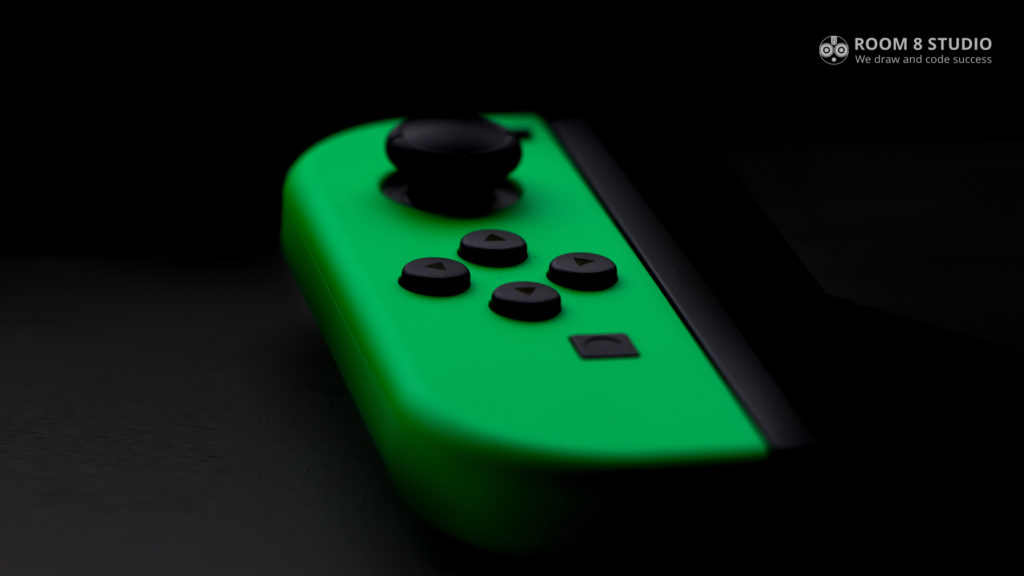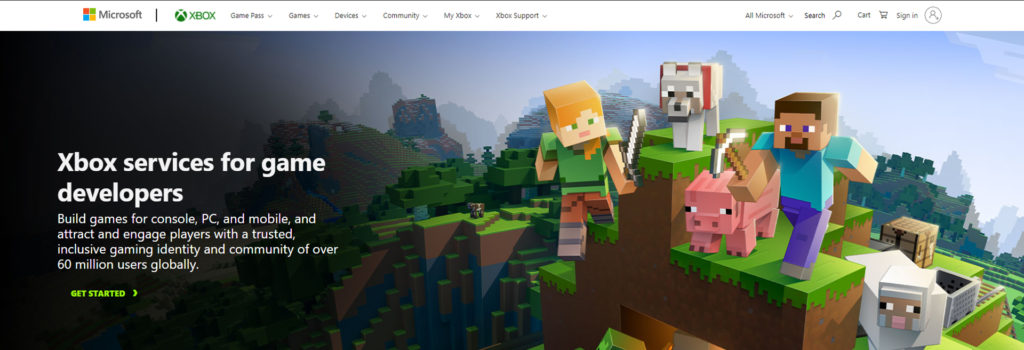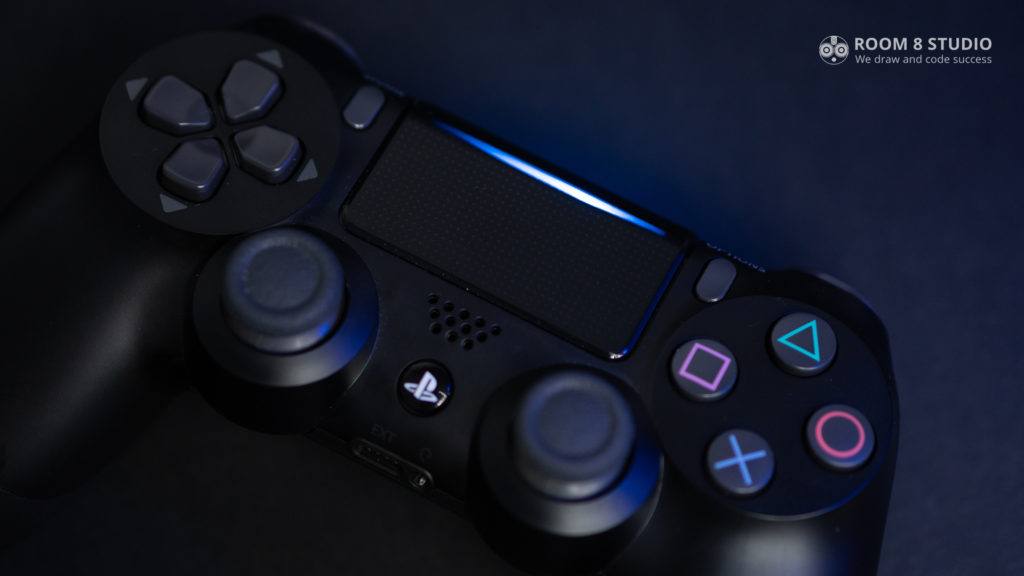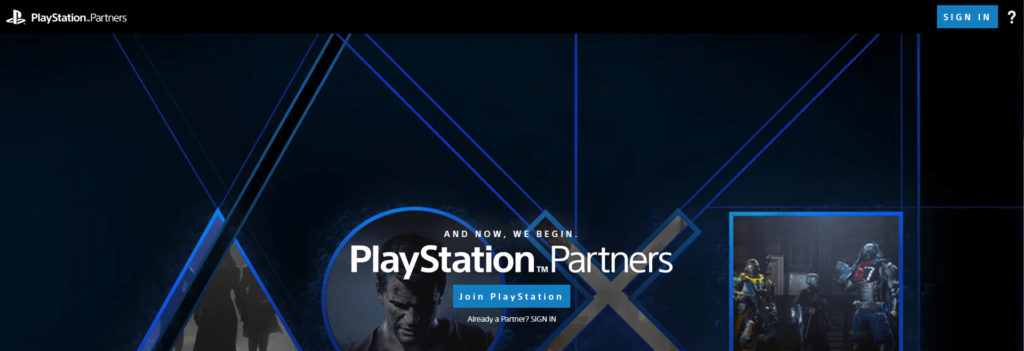How to submit a game to stores from the first attempt | Porting tips
So you want your game to be available to users of popular game consoles. And that’s great news! However, even though the porting process has generally become easier over the past couple of years, it is still quite resource-intensive. Doing it efficiently requires a lot of experience.
Before you decide to port your game to Nintendo Switch, Xbox, or PlayStation, we invite you to look at this quick store submission guide based on Room 8 Studio’s expertise in compliance testing and successful delivery of games to the stores. This overview can help game publishers and developers plan their porting projects, accelerate the process, and successfully submit games to the store exactly when planned.
How to Submit Your Game Successfully
Doing a thorough analysis before starting the porting process
To understand whether your game will be successful on a particular console, you need to consider the following: do the game’s design and features suit the desired platform; will your game benefit or not with controllers, how much work will the porting itself require and what technical challenges you may face depending on the engine on which it was created and availability of the sources.
And, of course, the main question is whom you will trust to port your game to consoles. The correct assessment of the entire thing at the very beginning will be critically important regardless of whether you’ve decided to do it using your resources or to find an external team that will provide a turnkey service.
Here at Room 8 Studio, we strive to provide our clients with in-depth technical analysis of a game and assess if the game porting makes commercial sense and, therefore, is worth the effort.
Generally, for correct estimation, we need the game’s source code that helps us understand how your game is made and what it consists of. While the source code is sufficient for a general assessment, the Game Design Document (GDD), if there is one, will be helpful for the entire porting process. This will eliminate the possibility of misinterpretation of any feature by the team and save time. If there is no GDD, we can create and approve it with the partner.
Next, the game dev, game design, level design, and QA teams do the game’s feature breakdown, define the scope of work, identify weak spots and potential risks, and estimate the time frame. Based on this estimate, game publishers and developers can plan a release date for the game.
Doing the actual porting work
The porting process can take months. Depending on a game, the porting may require a lot of asset optimization work and changes in the game’s design, particularly in the control scheme.
The QA team plays a significant role in porting. Besides the obligatory QA support during the porting process that helps ensure the game plays and feels good on consoles, their most important mission is to provide the game’s full compliance with Nintendo, Microsoft, and Sony store requirements. The so-called compliance testing is a huge thing in any porting project, and here is where the strong expertise with a particular game console helps a lot. If a beginner does this part of the work, it may take much more time, affecting the entire project’s timing and the release date.

Submitting a game to Nintendo Switch
The Nintendo Switch submission procedure called Lotcheck is perhaps one of the most challenging but exciting processes. The submission deadline is pretty strict – at least 30 days before the expected release date. If the release date has not been decided yet, we specify a potential date and contact Nintendo for the schedule confirmation. Occasionally Nintendo’s game publishing department may request a build for check-in while we are still in the development process. Besides, a separate build for each region should be where a game publisher wants to release the game.
To meet the deadlines before proceeding directly to the submission phase, it is necessary to fill out any forms on the game’s (product) page related to the localization, age rating, general game and release info, etc. When publishing a game to the Nintendo store, it is crucial to ensure it gets the correct age rating. In the age category section, you should provide information about the product according to the International Age Rating Coalition (IARC) rules. These categories are more related to the relevance of the product content than to the target audience’s age.

When Room 8 Studio works on porting projects for a client, the responsibilities of the client and the porting team regarding documentation are clearly defined. Here is the list of assets that should be provided by our client at least one month before the code freeze at the platform:
- List of supported languages.
- Title name.
- Localized Title Name and Publisher name in each supported language.
- Title image.
- Localized Title pictures.
- Controllers art.
- Legal info (SLIM).
- Age ratings and parental control values.
- Progress indicators and loading screens.
Room 8 Studio team fills in the features, guidelines, and test scenarios:
- Features section. We need to select the features of the product and describe them (Program Specifications, Input Devices, Play Modes).
- Guidelines section. Here we should describe a lot of things such as what kind of software should be tested, where, what method for testing should be used, expected results, exceptions for the screen, save system, etc.
- Test Scenarios section. Based on the info from the guidelines section, here we need to list the test procedures for the game so that the Lotcheck testing can be done correctly.
The final step of the submission phase is the ROM upload and fixing compile issues, if any.

Submitting a game to Xbox
Generally, the Microsoft certification is fast and efficient and takes around a week. However, the submission procedure involves filling out many forms, and we usually help our clients do this.
First, you need to create the product page. Then, before proceeding with the next steps, it is essential to get certified three times in the Age categories and Pricing/Availability sections. On the age rating page, just like in the Nintendo Store, you need to provide information about the game to be assigned the appropriate age category according to the IARC. The Pricing and Availability page specifies how much the product will cost, whether a free trial will be available, and how, when, and where the product will be available to the user. By filling out this questionnaire, you have the opportunity to choose a specific schedule, as well as indicate the product visibility in the store.

When the game is entirely ready for passing the certification, you can proceed to fill the Game Installation section and set the “Device family availability.”
The Packages section is where Room 8 Studio uploads game builds, after which the QA team can start testing the product. It is important to remember that certification builds must be uploaded into the main thread. Once the test is passed successfully, our team sends the product for certification.
Important: The packages page contains all package files (. Msix,. Msixupload,. Msixbundle,. Appx,. Appxupload and / or. Appxbundle) for the uploaded product. When the product (build) is uploaded, the store will automatically provide each customer with the package that best suits their device.
The Certification page highlights certain points for further testing on the Microsoft side, such as security tests, technical compliance checks, and content compliance.
It is worth remembering that you can appeal the result of the product certification (if it is unsuccessful, but you disagree with this) by uploading supporting documents to the Files section.
Product packages are digitally signed to protect them against tampering upon release. Once this phase has started, you cannot cancel the shipment or change the release date. For new apps and updates that include changes to app packages, the publishing process will be completed within 24 hours. The publishing process will take less than an hour for updates that only change options, such as storing list information without changing the application packages.

Submitting a game to PlayStation
The Sony PlayStation submission process is more automated than other consoles, filling out various forms and lists.
It would help if you also prepared separate builds for each region where you will release your game (SIEA/SIEE/SIEJ). Each build needs to be tested and approved by the Sony QA team; however, now Sony has the Global service, which can check your main build and make sure the ones for other regions are just the copies to accelerate the process significantly.
After the testing, you will be contacted by the Sony Marketing team, who can help with proper the Store Page setup and inform you about the potential deals and offers concerning your game.

Challenges in Submitting a Game to a Store
There are several things to consider when planning to submit your game to the store, as they can turn into real challenges in the process:
- Seasonality, big industry events, etc. Many game publishers aim to present their new titles or link their release dates to important industry events, such as E3 and others, or big holidays like Christmas. Keep in mind that this may affect the processing of your build on the game store side.
- Even though this is obvious, don’t forget that the compliance testing takes more time with larger games.
- New console requirements. Sometimes the porting process can be quite long and you need to keep a close eye on all console updates while working on a game to make sure you are not doing unnecessary work.
- Delayed assets/info provision. Working on partner projects, we have learned to always take into account the risk that some assets or information required for the submission may be delayed.
Bottom Line
Porting and submitting games to consoles is not easy, but there are lots of games worth being available on consoles for their passionate fans. Room 8 Studio team is always open to questions about the porting games — leave a comment or submit your request by clicking the button below.
More on the topic:
- Article: Switch, Xbox And Ps4: How To Choose A Porting Team For Your Title
- Article: Game Dev Roles That Define The Success Of Any Title
- Article: What Remains Of Edith Finch: Everything You Wanted To Know About Its Port To Nintendo Switch
Have a project in mind? Let’s talk!



